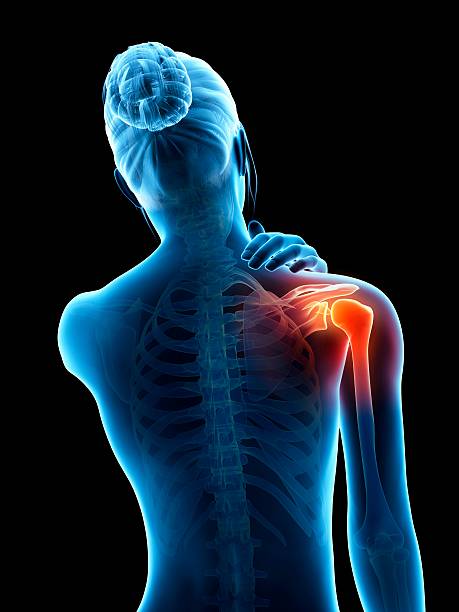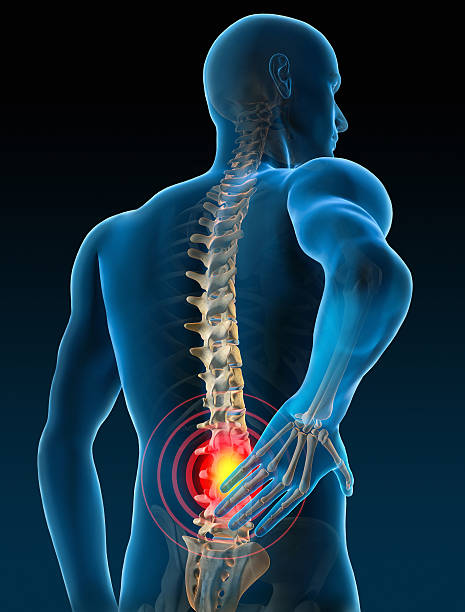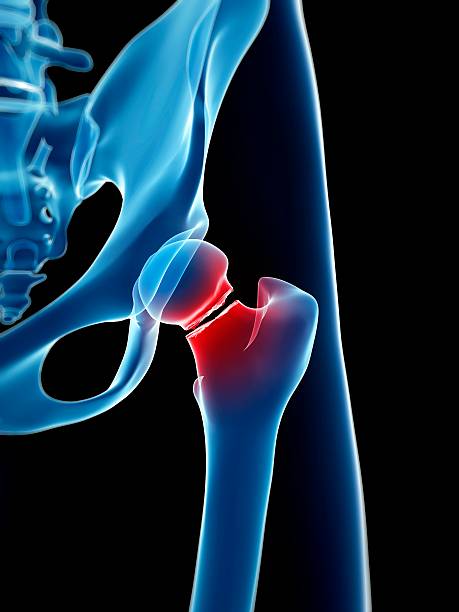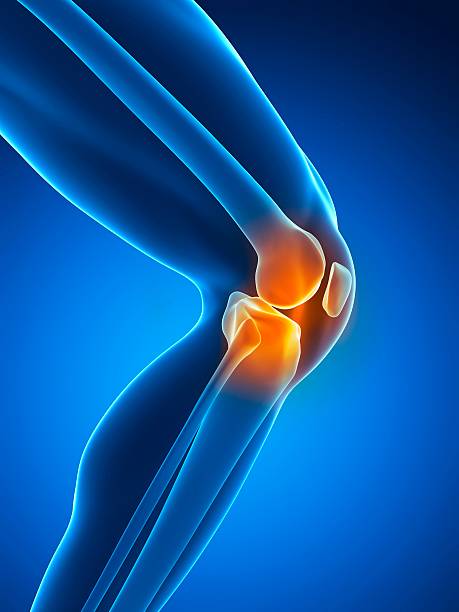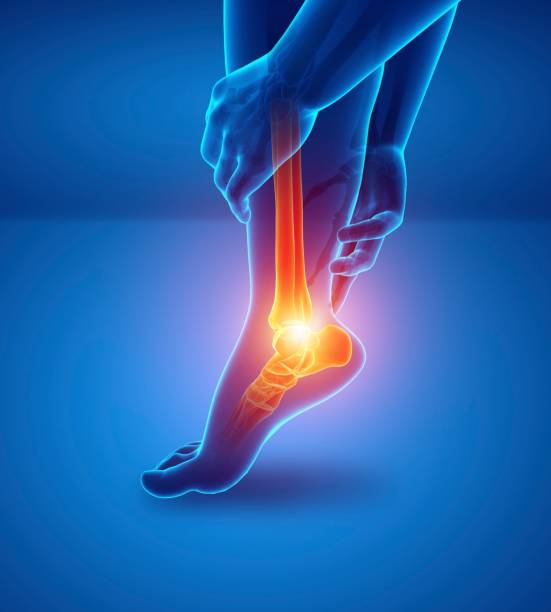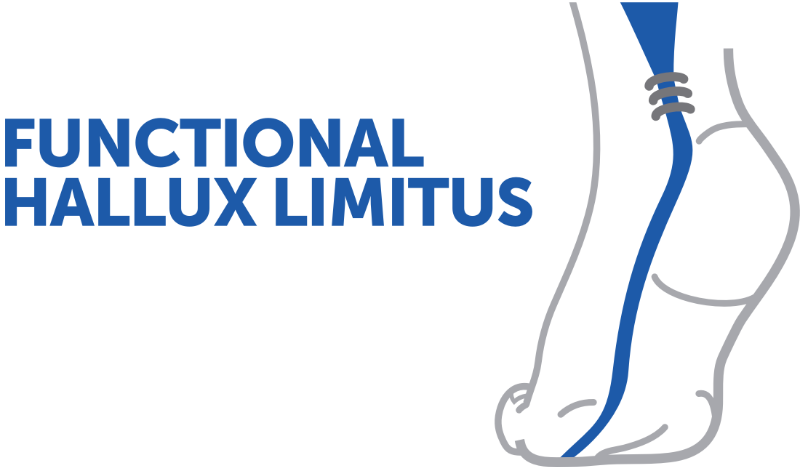Complex meniscal lesions: grafting, repair and prevention of osteoarthritis
Doctors
Topics
Treatments
Advice
- Dr. Eric Choudja Ouabo
- Complex lesions
- Ramps
- Roots
- Sutures
- Meniscal graft
- Meniscal repair
- Suture
- Meniscus transplant
- ACL reconstruction
- Preserve the meniscus at all costs
- Avoid external menisectomy
- Repair ramp and root lesions
Information
Video type:
Anatomy:
Surgery:
Thematic:
Complex injuries: objectives and principles of repair
Faced with complex lesions (ramp, root, extensive lesions), modern logic aims to restore meniscal function. Repair takes precedence over resecting: the integrity of the circular fibers and tibial anchoring determine the distribution of stresses and anterior tibial stability.
Planning incorporates age, activity, limb axis and cartilage condition to define a tailored strategy.
Ramp lesions: biomechanical impact and suture
Ramp injury, common with ACL tears, increases anterior tibial translation. Arthroscopic repair using capsulomeniscal stitches, performed under posteromedial control, restores stability and reduces the risk of ligament reconstruction failure.
The gesture must be precise, after freshening, taking care to protect the vascular-nervous structures.
A lateral menisectomy can lead to chondrolysis within a few months.
Root injuries: restoring anchorage to save function
Root rupture is biomechanically equivalent to a total meniscectomy. Anatomical reattachment (tibial tunnels, anchors, loop sutures) reestablishes anchorage and restores the meniscus's load-bearing capacity.
The quality of the reduction, the positioning and the fixation determine the clinical result and the cartilage protection.
Lateral meniscus: absolute priority to preservation
In the lateral compartment, meniscectomy exposes to rapid chondrolysis, sometimes within a few months. The lateral meniscus, which is more mobile, must be protected by suitable sutures (anchoring to the popliteal tendon, all-inside techniques) rather than resected.
This caution is particularly important in young and athletic subjects.
Meniscus transplants work well when done properly.
Meniscal transplantation: indications, technique and results
Meniscal transplantation is an option for symptomatic patients after compartment-preserved meniscectomy. Customized grafts and bone root fixation improve transplant integration and survival.
Long-term series report high survival rates, with improvement in pain and function when indications are strict.
Perspectives: Personalized strategy to prevent osteoarthritis
Prevention of osteoarthritis involves preserving the meniscal capital: repairing what can be repaired, correcting the axis if necessary and only considering grafting as a second option.
This individualized, evidence-based approach aims for stable, congruent, and lasting articulation.
Pathologies treated at the center
Hallux Limitus
Functional
Your pain has a cause.The balance sheet allows us to understand it.
- Gait analysis
- Posture Assessment
- Guidance on the right treatment
- Study of plantar supports and supports
- Detection of compensations
- Pain–movement correlation
The functional assessment allows us to understand how a joint or postural imbalance can trigger or perpetuate pain. Very often, imaging is normal, but movement is disturbed. By analyzing gait, weight-bearing patterns, or posture, we identify the weak links in the chain and guide targeted treatment adapted to the patient's actual mechanics.


